#Von der Heydt-Museum
Text
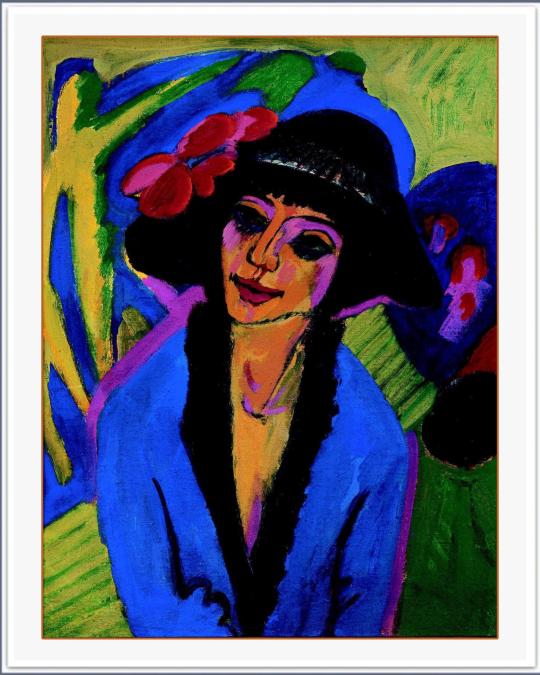
#Ernst Ludwig Kirchner Piper (Alemania#1880 - Suiza#1938) : “Retrato de Gerda”#1914. Von Der Heydt-Museum Wuppertal.
3 notes
·
View notes
Text
Picasso, en veux-tu, en voilà...
Picasso forever. Or at least, 50 times Picasso, 50 years after his death. I didn't see all 50 (!), I saw only 3. But I loved them all. However often we may have seen some of the works shown, they remain fascinating.
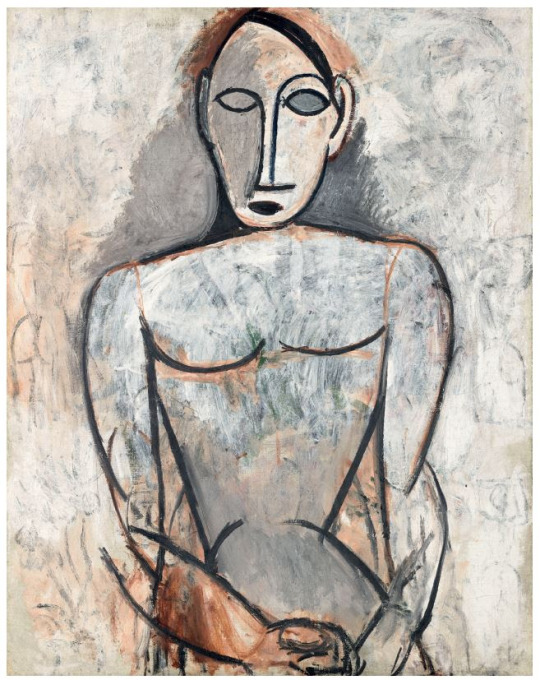
View On WordPress
#art#Célébration-Picasso#Centre Pompidou#exposition#Françoise Gilot#Gertrude Stein#musée du Luxembourg#peinture#Picasso#vaut le détour#Von der Heydt Museum
1 note
·
View note
Text
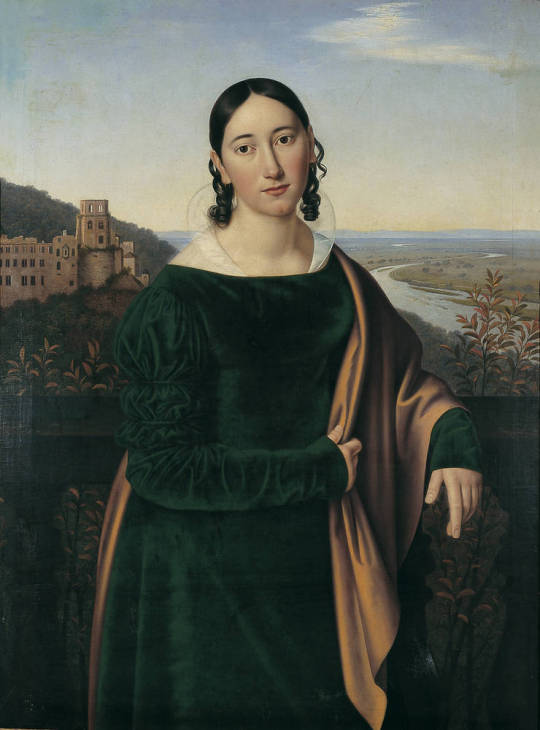
ab. 1818 Jakob Schlesinger - Portrait of a young woman
(Von der Heydt Museum)
441 notes
·
View notes
Text


His depictions of industrial and technology-related objects count among the most significant contributions to German New Objectivity but still his name is far lesser known than those of his peers: the talk is of Carl Grossberg (1894-1940), a former architecture student, Bauhaus disciple and a pupil of Lyonel Feininger. Likely motivated by the latter’s example Grossberg in the early 1920s painted intricate townscapes nevertheless far from Feininger’s cubist-expressionist example: their colorful, building brick-like volumes markedly differ from Feininger's prismatic, upwards zooming paintings. In the following years Grossberg’s townscapes gradually become more detailed and from 1925 onwards he in parallel developed the so-called „Traumbilder“, visions of surreal architectural constellations, reminiscent of Giorgio de Chirico, combined with animals, plants or machines.
His growing interest in technology and technical objects in 1927 ultimately made its way to the canvas, namely in the form of three paintings of Cologne Main Station, a modern bridge in Wuppertal and another „Traumbild“. They paved the way for Grossberg’s famous depictions of industrial facilities and machineries that he first painted in 1933. With photographic precision Grossberg joins different strands of his previous paintings in a new, sharp pictorial language. In doing so Grossberg acknowledges the wealth of forms and shapes introduced by the processing industry and in a programmatic text also seeks to distance himself from his peers whom he regards as being stuck in „green fields and cows“.
Unfortunately there is little interest in his paintings in the circles of potential buyers and Grossberg gradually sinks into pessimism as Hans-Werner Schmidt recounts in his excellent essay included in the present catalogue: it was published alongside a retrospective at Von-der-Heydt-Museum Wuppertal in 1994 by DuMont and to this day remains the sole comprehensive publication on the artist. It features a large number of paintings, watercolors and drawings as well as insightful essays, e.g. by the painter’s daughter Eva who provides insights into her father’s life and personality. Highly recommended!
#carl grossberg#neue sachlichkeit#art book#exhibition catalogue#modern art#new objectivity#art history#book
17 notes
·
View notes
Photo
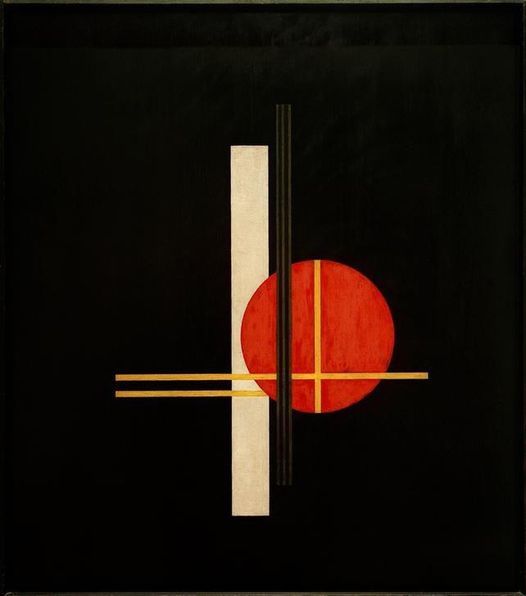
László Moholy-Nagy, Composition Q XX, 1923, oil on wood, 79 x 69 cm.
Von der Heydt Museum (Germany)
286 notes
·
View notes
Text

Paula Modersohn-Becker, Sitzender Mädchenakt mit Blumenvasen (Nude Girl with Flower Vases), 1907.
Paula Modersohn-Becker (8 February 1876 – 20 November 1907) was a German Expressionist painter of the late 19th and early 20th century. She is noted for the many self-portraits the artist produced, including nude self-portraits. She is considered one of the most important representatives of early expressionism, producing more than 700 paintings and over 1000 drawings during her active painting life. Via Wikipedia
©VON DER HEYDT-MUSEUM, WUPPERTAL
2 notes
·
View notes
Text

Ritschl, Otto (Erfurt 1885 - 1976 Wiesbaden), Two Figures, 1927, oil on canvas, 91 cm by 65,5 cm. Via Von der Heydt-Museum Wuppertal.
Ritschl's early work is characterized by an expressionistic and still figurative approach. In 1925 he took part in the exhibition “Neue Sachlichkeit” at the Kunsthalle Mannheim with “The Drunken Man”. The exhibition can be seen as a turning point in his work; after visiting the exhibition it was clear to him: “to give up copying in any way”. Due to the influence of a stay in Paris, he broke away from realistic painting and turned to non-representational art under the influence of Cubism and Surrealism.
2 notes
·
View notes
Text
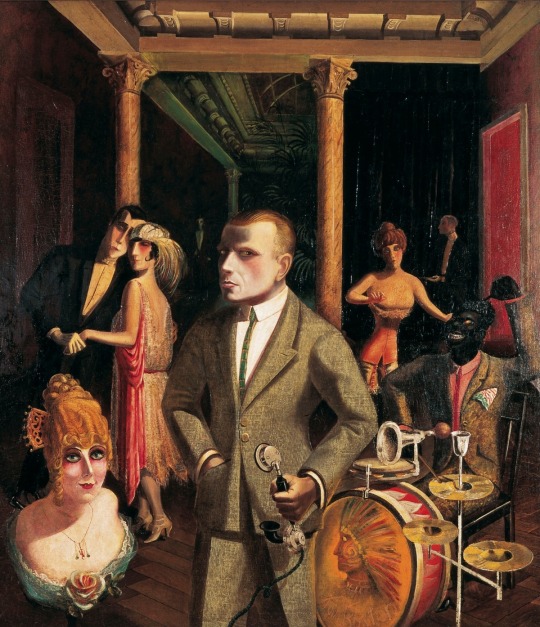
Otto Dix, To Beauty (An die Schönheit), 1922, oil and collage on canvas,
Von der Heydt-Museum Wuppertal, Germany
23 notes
·
View notes
Text

Brötzmann ist tot
Ich schau' mich um und seh' nur Ruinen
Vielleicht liegt es daran, dass mir irgendetwas fehlt
Ich warte darauf, dass du auf mich zukommst
Vielleicht merk' ich dann, dass es auch anders geht
Dann stehst du neben mir und wir flippern zusammen
Paul ist tot, kein Freispiel drin
Ein Fernseher läuft, tot und stumm
Und ich warte auf die Frage, die Frage: „Wohin? Wohin?“
(Fehlfarben, Monarchie und Alltag)
Das war vor Jahren, das war in den 80'Jahren, als Florenz schon lange das Wuppertal der Toskana war, da wurden in Wuppertal die Uffizien umgebaut, ein ehemaliges Rathaus, das man inzwischen Von-der-Heydt-Museum nennt. Gelungen ist der Umbau nicht, man kann die Entwicklung Wuppertals aber auch nicht wirklich als Verspießerung beschreiben, schließen wachsen im Hinterwald immer schon Spieße. Aber irgendwie war dieser Umbau zerstörerisch. Er hat als Möglichkeit die Totalverbunkerung gewählt, vielleicht hat darum Boros, der aus Wuppertal gelernt hat, auch einen Bunker in Berlin für seine Vorstellung von Bild und Repräsentation gewählt. Ich mag das nicht, ich will das nicht, sollen die im Bunker glücklich sein, man kann nicht ignorieren, das sowas passiert.
Vor diesem Umbau gab es im Erdgeschoß Fenster, durch die man während des Einkaufs (dafür war die Innenstadt mal da) auf ziemliche Irritation schauen konnte. Da lagen so Sachen rum, war wohl Beuys oder so. Für manche Kinder war das wichtig, für die kann ich sprechen, von den Erwachsenen weiß ich's nicht. Das war wichtig, weil es für seltsam stechende Gefühle unterhalb des Kopfes sorgte. Als ob einem was fehlt. Man würde heute von Magengegend oder vom Darm sprechen, Beuys selber lokalisierte die Gegend noch tiefer und noch niedriger, nämlich im Knie. Es war von unteren Zonen ausgehend befremdend.
2.
Als der Umbau anfing, die letzten Tage vorher, spielte Brötzmann in den Uffizien, man bekam Spraydosen in die Hände, wer weiß wofür man die gebrauchen kann. Zu dieser Gelegenheit, an diesem Abend habe ich ihn kennengelernt, er spielte Saxophon, ich muss in den letzten zwei Jahren der Schule gewesen sein, da ist das wichtig, sehr wichtig, man muss irgendwann die Freiheit kennen lernen, seitdem bin ich ihm zutiefst dankbar. Was als letzte Abende des alten Baus geplant war, entpuppte sich als eigentliche Eröffnung. Die später inszenierte Einweihung des neuen Umbaus war eine Beschließung. Eröffnend war an dem Abend vor allem Brötzmann mit dem Saxophon. Man hatte erzählt, er sei ein Wüterich. Seine herzliche Freundlichkeit und Höflichkeit im Blick, das kommt mir als erstes in die Erinnerung, wie bei Schlingensief, kurz ist man versucht sie im Kontrast zu der Sage vom Wüterich zu sehen. Das Gesicht war dionysisch. Brötzmann ist tot, kein Freispiel drin, nicht jetzt. Brötzmann, so denk' ich mir, hätte gesagt: dann eben draußen.
2 notes
·
View notes
Text
María Blanchard, un desnudo y un vestido
María Blanchard. Desnudo femenino de pie (Eva). Óleo sobre lienzo. 197,5×82,5 cm. 1912. Von der Heydt-Museum. Wuppertal.
María Blanchard.La comulgante. 1914. Óleo sobre lienzo. 180×124 cm. Museo Reina Sofia. Madrid.
Sólo dos años separan estos cuadros de María Blanchard. El primero, ‘Desnudo femenino de pie (Eva)’, lo pintó en París en 1912 y osó exhibirlo en 1915 en Madrid, donde obtuvo…

View On WordPress
0 notes
Text

È PIÙ SACRO VEDERE CHE CREDERE - UN AMORE ERMETICO
Ermetico, del dio Pan, è prima di tutto lo stile con cui ama. Solitario come un pastore (questo significa il suo nome); acceso dalle capricciose fantasie che si conoscono solo ritirandosi dalle apparenze, la sua passione senza fine, infinitamente moltiplicabile, fu, ed è, la ninfa Eco, un puro suono. Dicono inoltre che amò, e ama ancora, la luna quando è solo un riflesso nel cielo. I meriti che corrispondono a questo suo stile amoroso lo rendono da sempre gradito ospite dell’Arcadia e del regno aureo di Saturno.
L’immagine è “Pan e le Driadi”, olio su tela di Arnold Böcklin, realizzato nel 1897, conservato presso il Von Der Heydt Museum a Wuppertal, Germania (foto originale di Saiko, licenza CC BY 3.0 tramite Wikimedia Commons).
Testo di Pier Paolo Di Mino.
Ricerca iconografica di Veronica Leffe.
0 notes
Text
Die besten Sehenswürdigkeiten und Hotels in Wuppertal | 2023 | Rooms24
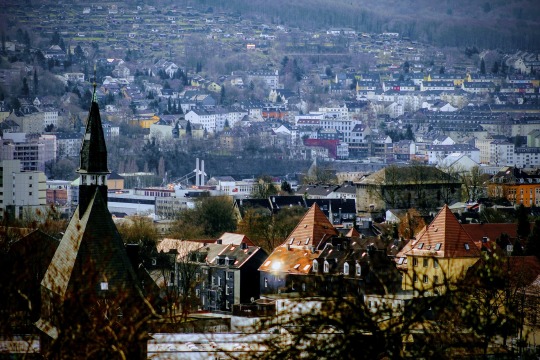
Wuppertal ist eine Stadt in Nordrhein-Westfalen, Deutschland. Es liegt im und um das Wuppertal und liegt östlich von Düsseldorf und westlich von Köln. Die Stadt ist berühmt für ihre Schwebebahn, den Wuppertaler Zoo und die Elberfeld-Albion-Alloys-Fabrik. Es beherbergt auch eine Reihe von Sehenswürdigkeiten wie den Botanischen Garten, das Von der Heydt-Museum und die Wuppertaler Schwebebahn.
In diesem Blogbeitrag werfen wir einen Blick auf einige der besten Dinge, die man in Wuppertal sehen und tun kann. Wir werden auch einige praktische Informationen darüber geben, wie man sich in der Stadt fortbewegt und wo man übernachten kann... Weiterlesen
#deutschland#wuppertal#rooms24#ferienvermietung#ferienwohnung#ferienhaus#monteurzimmer#gästezimmer#unterkünfte#unterkunft#privat unterkünfte#hotelangeboten#luxury hotel#hotels#hotel#hotels and resorts#reiseziele#reisen#sehenswürdigkeiten#leitfaden
0 notes
Text
Ce regard qui nous surprend
What is a portrait? What do we see? How does the artist see her/his model (be it him/herself)? And how does the model look at the artist/the spectator? Now on show in the Von der Heydt Museum in Wuppertal. It's a joy.
Un(e) artiste regarde son modèle. A l’œil nu, par l’objectif de l’appareil photo, ou bien dans une glace pour un autoportrait ? Que voit-il, que voit-elle ? Et comment le rend-elle, le rend-il ?Ci-contre: Zanele Muholi, Nztozhake I, Parktown 2016. Prêt de longue durée.
Que voit-on ensuite sur la toile, le papier ? Comment se regarde-t-on ? Comment un artiste homme regarde-t-il un autre homme,…

View On WordPress
0 notes
Photo
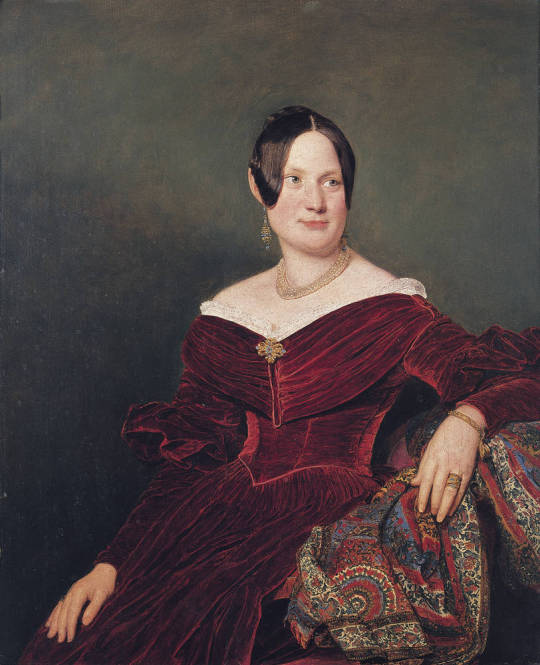
1838 Ferdinand Georg Waldmüller - Frau Auguste Leyden-Pflügl
(Von der Heydt Museum)
233 notes
·
View notes
Text
0 notes
Photo

Self Portrait with Pentagram by Otto Mueller, c. 1924,
distemper on hessian, 120 x 75.5cm, Von der Heydt-Museum, Wuppertal
0 notes